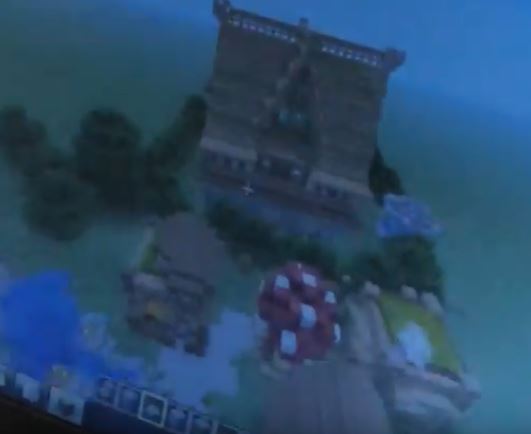Summary
Students were assigned to groups and each student in the group chose a work of art from an on-line fine arts museum. In a collaborative manner, each group decided which work of art they would critique as a group. The group’s research was recorded in a Google document. Each group critiqued their chosen work of art based on a four step art critique process. Once the critique was completed, it was posted on my blog, along with an image of the work of art.
TIPC Ratings
Approaching
Students found a work of art at an on-line fine art museum of their choice. Students used research and investigative skills to locate the image. The teacher acted as the facilitator and a resource, guiding students as they investigated the on-line museums for a suitable image to critiquing.
Approaching
Students communicated and provided feedback to each other as they searched for an on-line fine art museum, and as they chose a work of art. They established roles and guidelines for communicating and collaborating throughout the research. Students used technology (internet, Google drive and teacher’s blog) as they wrote the critique and posted it. The teacher modeled a range of communication techniques and taught students how to collaborate.
Approaching
Students used internet search skills to research material for this project and made critical decisions about how to use the four step art critique process. Students used critical thinking and observation skills when they described the work of art and explained how the elements of art and principles of design were used. They used problem solving skills to interpret the meaning of the work of art. Students also used critical thinking skills when they justified the reasons for their opinions of the work of art. The teacher supported students as they solved the problems of critiquing artwork.
While this lesson could certainly be modified to include Creativity and Innovation, it did not focus on this category.






